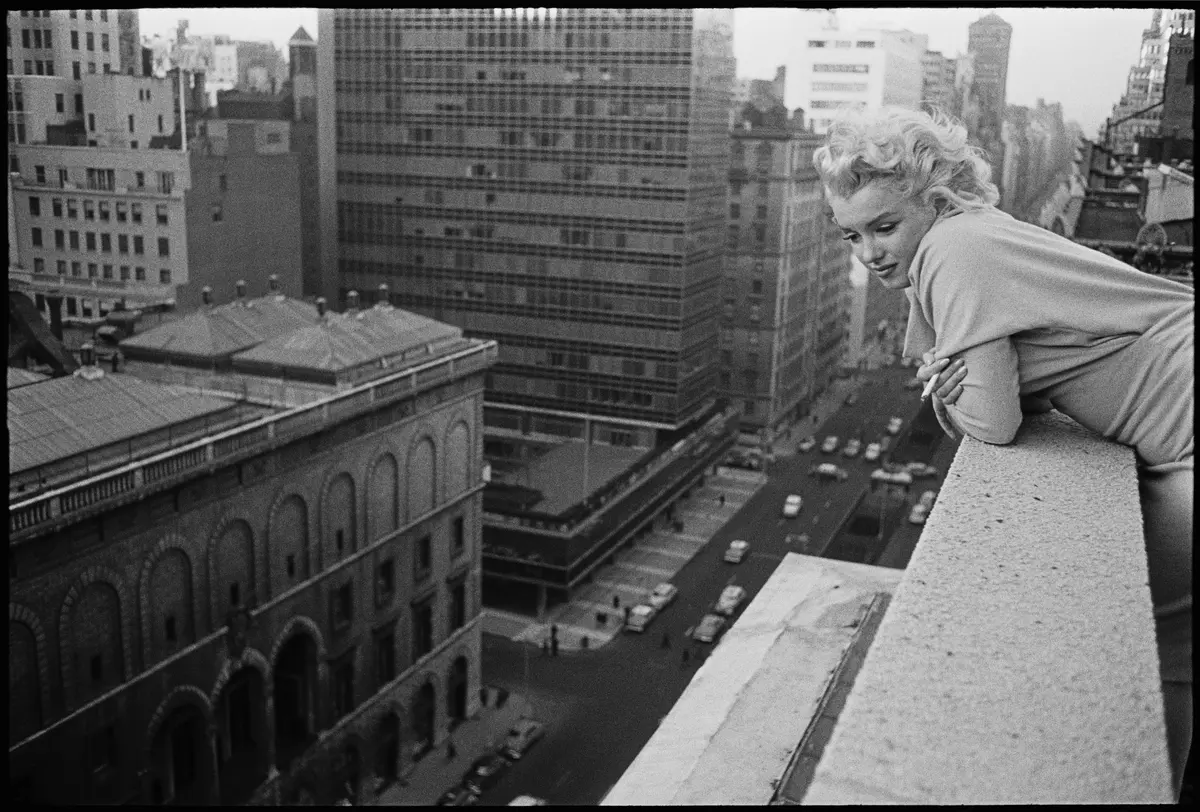Authors:
Historic Era: Era 10: Contemporary United States (1968 to the present)
Historic Theme:
Subject:
November/December 2005 | Volume 56, Issue 6


Authors:
Historic Era: Era 10: Contemporary United States (1968 to the present)
Historic Theme:
Subject:
November/December 2005 | Volume 56, Issue 6

One afternoon in 1955, I was staring into a glass of scotch at the Gladstone Hotel in Manhattan. I had downed several, but they failed to subdue my panic. I was jammed up, and my only hope, sitting across the table and smiling serenely, was my friend Sam Shaw.
As a young editor at Redbook, I had been praised and promoted, which led me to overreach so far that my job was now hanging by the thinnest thread—Sam’s connection to Marilyn Monroe.
After leaving Hollywood to study at the Actors Studio, Marilyn retreated from the spotlight. For the first time in her flashbulb life, she was dodging photographers and reporters.
After two dozen movies, a headline marriage, and a headline divorce, she was in New York to prepare for parts like Grushenka in The Brothers Karamazov. The papers dug out all the clichés about comedians who want to play Hamlet, underlining their ridicule with photos from
My crisis began when I did something way out of character. I saw an ill-lit print of her in an Actors Studio class, covered by a camel’s-hair coat and with no makeup. A line flashed through my head: the Marilyn Monroe you’ve never seen, and, with no hesitation, I persuaded my boss to engrave it on the July cover, which went to press ten days before the rest of the magazine. I was jumping out of a plane without knowing if the parachute would open.
As I took the plunge, I knew who would be with me—my best friend, the photographer Ed Feingersh, who knew all about parachuting. Some of his daring must have rubbed off on me, and we sat in Costello’s saloon planning our assault on Fortress Marilyn.
Three days later, we had nothing. It dawned on me that, while he was a daredevil, Eddie had no gifts as a stalker. The first afternoon, he waited for hours in the lobby of Marilyn’s hotel, took a minute to make a phone call, and returned to find some kids waving the little Kodak Brownies that were the ubiquitous inexpensive camera of the day: “She posed for us!”
With blank pages looming in the July issue, I called Sam, a photographer who wanted to be a movie producer and had worked hard at friendships with Hollywood’s rising generation, among them Elia Kazan, Marlon Brando, and Marilyn. Sam and I had once shared an office, and he agreed to help.